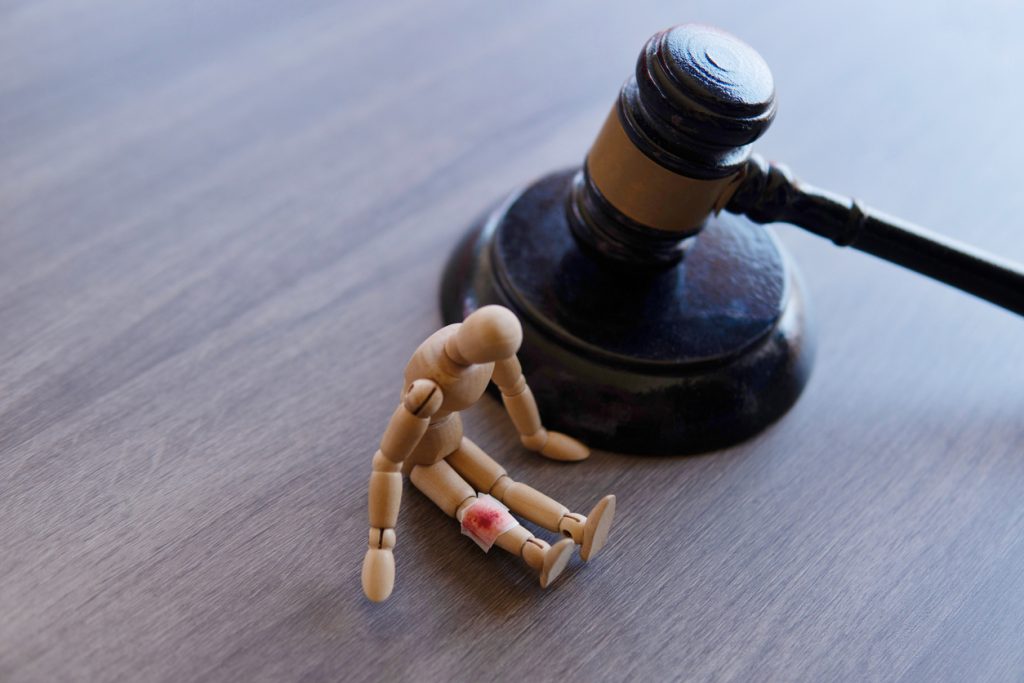Understand Your Rights. Solve Your Legal Problems


Have you suffered an injury because of someone else’s negligence? If so, you might consider filing a personal injury claim to seek reimbursement for your healthcare expenses, lost earnings, and emotional distress.
However, to succeed in your case, you must prove causation, demonstrating that the defendant’s actions or lack thereof directly led to your injuries. Proving causation can be challenging, but understanding the different types of causation and the factors courts evaluate can enhance your case.
Read on to learn more about establishing causation in a personal injury claim.
Understanding the different types of causation is critical in a personal injury case. You must prove that the defendant’s actions or inaction directly caused your injuries to win your case. This legal concept can be nuanced, and seeking help of a personal injury lawyer in Tuscaloosa can ensure you effectively manage the complexities of proving causation.
The following are the two main types of causation that need to be established in a personal injury case:
This refers to whether the defendant’s conduct was a substantial factor in bringing about your injuries. In simpler terms, you’ll need to show that your injuries wouldn’t have happened ‘but for’ the defendant’s actions. For example, if a distracted driver rear-ends your car, causing whiplash, the driver’s negligence would be considered the cause in fact of your injury.
Even if the defendant’s conduct was a cause in fact of your injury, you’ll also need to show that the harm was foreseeable. The law doesn’t hold defendants liable for every consequence of their actions, only those that a reasonable person could have anticipated. For instance, if a property owner fails to repair a broken step, and you trip and fall, fracturing your wrist, the owner’s negligence would likely be considered a proximate cause of your injury.
Understanding these distinctions is essential for building a strong personal injury case.
Proving causation is a critical element of winning your personal injury case. Beyond simply showing you were injured, you’ll need to establish that the defendant’s actions or inaction directly caused your harm.
Here are some factors considered when establishing causation in a personal injury case:
As mentioned earlier, the proximate cause hinges on foreseeability. Courts will consider whether the defendant’s actions could have been expected to lead to the type of harm you suffered.
The chain of events leading to your injury must be clear and unbroken. This means there shouldn’t be any independent intervening factors that significantly contributed to your injuries.
The severity of your injury might also play a role. While the eggshell skull principle states that a defendant takes the plaintiff as they find them, meaning they’re liable for the full extent of the injuries even if the plaintiff has a pre-existing condition, courts might consider unusually severe outcomes less likely to be a direct result of the defendant’s actions.
To effectively prove causation, these factors must be thoroughly demonstrated with clear evidence and logical reasoning.
Personal injury cases aren’t always straightforward. In some situations, more than one party might be responsible for an accident.
Here are some points to consider regarding shared fault:
Most states follow comparative fault laws, which means the amount of compensation you receive will be reduced based on your percentage of fault for the accident. For instance, if you’re found 20% at fault for a car accident, your total compensation award will be reduced by 20%.
If you believe shared fault might be an issue in your case, gathering evidence to demonstrate the other party’s negligence is crucial. This might include witness statements, police reports, or accident scene photos.
By collecting thorough evidence and comprehending comparative fault laws, you can better navigate the complexities of your personal injury claim.
Proving causation is essential to winning a personal injury case.
The following are the steps to build a strong case:
An experienced personal injury lawyer can help you understand the legal complexities of causation and develop a strong case strategy. They can gather evidence, analyze your situation, and negotiate with the insurance company on your behalf.
Keep detailed records of your injuries, medical treatment, and other relevant expenses. Utilize your medical network to ensure comprehensive documentation of your treatment and recovery process. This documentation will be crucial for establishing causation and the extent of your damages.
Be ready to clearly explain how the defendant’s actions or inaction led to your injuries. The clearer your explanation, the stronger your case will be.
By following these steps, you can take control of your situation and work towards a successful outcome in your personal injury case.
Winning a personal injury case hinges on establishing causation. You can build a stronger claim by understanding the different types of causation, the factors courts consider, and the importance of comprehensive evidence. Remember, handling the legal intricacies of personal injury law can be challenging. Consulting with an experienced personal injury lawyer can ensure you effectively address causation and maximize your chances of a successful outcome.






